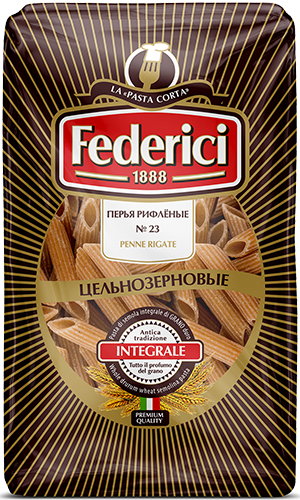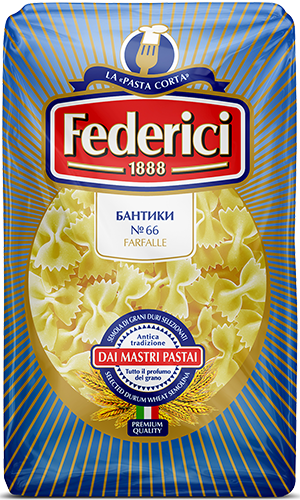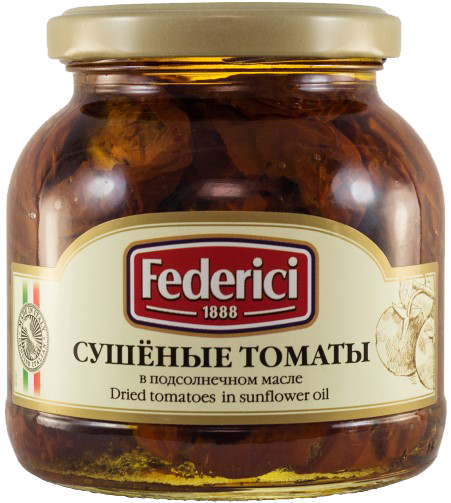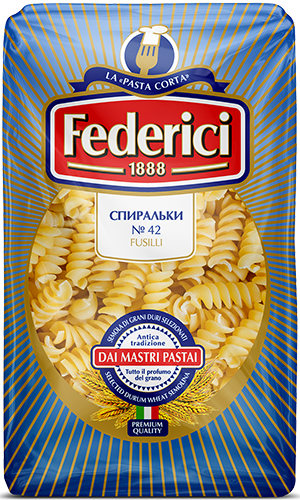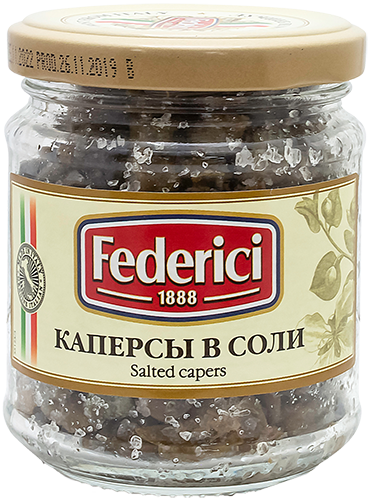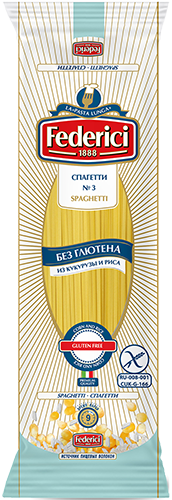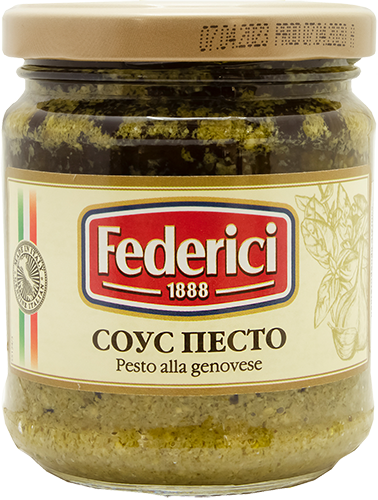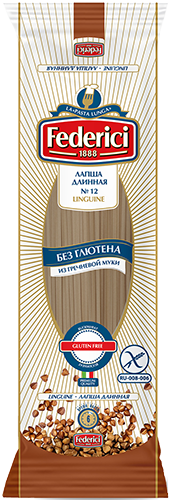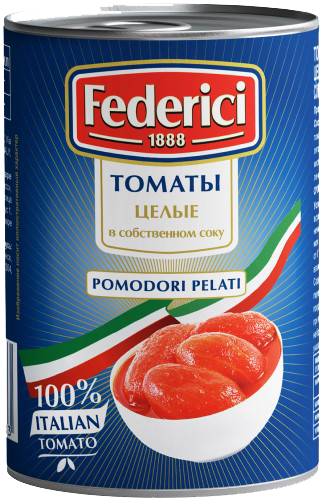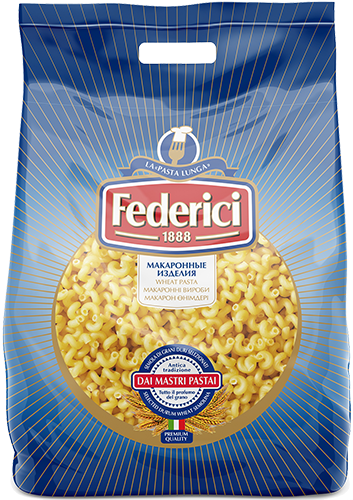


Canning is a method of preserving fruits, their flavor, and nutritional value for a long period. Canning destroys various bacteria and microorganisms that could otherwise cause spoilage. This disinfection is achieved through various methods, including heat treatment and the addition of components that prevent microbial growth. However, the question arises: what are the benefits of canned fruits? After all, canning can kill not only harmful bacteria but also destroy beneficial micronutrients in the fruit.
Which micronutrients are lost during processing?
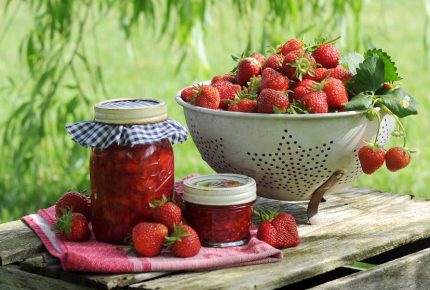
It all depends on the type of fruit being canned and the preservation methods used. Generally, the vitamin and mineral content of fruits and berries is not significantly affected by heat treatment and the addition of preservatives such as citric acid or sugar. Fresh fruits and berries lose only 30% of their nutritional value during heat treatment. Several micronutrients may be lost in fruit during the canning process:
- Vitamin C (ascorbic acid), an antioxidant, is partially destroyed by heat. Therefore, fruits containing large amounts of vitamin C may lose some of this vitamin when making jam, preserves, or other heat-treated processes.
- Vitamin B1 (thiamine) may be completely lost during heat treatment, as it is found in small amounts in fruits and berries.
- Vitamin B2 (riboflavin) is destroyed by heat and prolonged storage under conditions that promote oxidation. Heat treatment may lead to the loss of some of this vitamin in canned fruit.
- Vitamin B9 (folic acid) is generally stable to heat treatment, but can be destroyed during prolonged storage or when exposed to acids. Therefore, it may be partially lost depending on certain fruit preservation recipes. When canned fruit is preserved in syrup, some minerals, such as potassium and magnesium, can leach into the syrup.
Therefore, the loss of beneficial micronutrients during canning is certainly present, but it can always be minimized by following the technical conditions for preserving fruit and berries.
What beneficial properties remain in canned fruit?
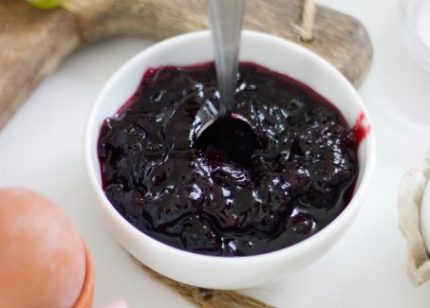
First of all, it should be noted that fruit that has undergone proper heat treatment does not contain harmful microorganisms, which is a benefit in itself. The risk of food poisoning is obviously reduced. Furthermore,
- compotes and jams retain plant fiber and pectin, which are important for the normal functioning of the digestive system, maintaining intestinal health, and reducing harmful cholesterol levels;
- boiling fruit does not destroy calcium, magnesium, potassium, iron, beta-carotene, and vitamins E, K, and D—elements essential for the normal functioning of human organs and systems.
- Antioxidants such as flavonoids and polyphenols are preserved in canned fruits, and their consumption boosts the body’s immune system.
- The concentration of the coloring pigment lycopene, which prolongs the youthfulness of skin, increases significantly during canning.
And, of course, the calorie content of fruits and berries is preserved, as carbohydrates are not only not destroyed, but can actually increase in level due to the canning process. This is important to consider, as not everyone will benefit from excess carbohydrates.
How to choose canned fruit?
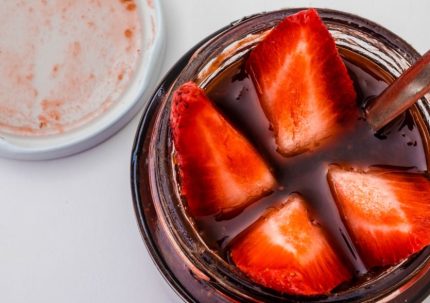
The choice depends on the nutritional value of the canned fruit in terms of its micronutrient content. Of course, you shouldn’t expect canned fruit to completely replace fresh fruit. However, it’s entirely possible to replenish some nutritional deficiencies with canned fruits and berries. Furthermore, it’s not always possible to purchase fresh fruit, which grows in distant regions of the world. That’s why canned tropical fruit is a great choice – a healthy treat that adds variety to your diet at any time of year.
However, when choosing, keep in mind that, for example, canned pineapple in syrup contains 16.5 g of sugar per 100 g, while canned pineapple in juice contains 12 g per 100 g. For comparison, fresh pineapple contains 11 g of natural sugar per 100 g. When choosing canned food, you should study the ingredients listed on the label and the expiration date.
What can you make with canned fruit?
You can make anything you like with canned fruits and berries:
- Use them as fillings for various pies and baked goods.
- Cocktails and smoothies.
- Fruit casseroles.
- Yogurts and desserts.
- Add canned fruit to porridges and much more.
Thus, canned fruit is used in cooking just as much as fresh fruit.
Our products
Мы стремимся предложить Вам наилучший сервис при работе с нашим сайтом. Для этого мы собираем и храним информацию о Вашем посещении сайта. Так называемые cookies. Файлы cookies не собирают и не хранят никакую личную информацию о Вас. Используя этот сайт, Вы даете согласие на использование cookies. На данном этапе Вы можете отказаться от использования cookies, настроив необходимые параметры в своем браузере.
